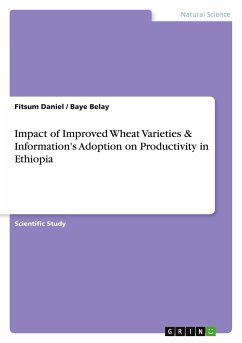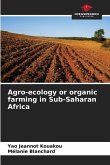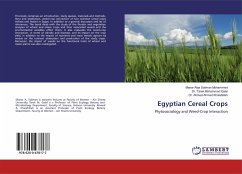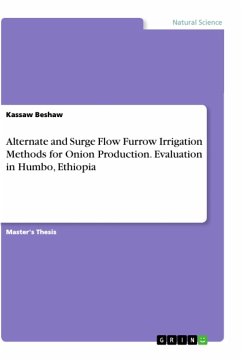Scientific Study from the year 2018 in the subject Biology - Ecology, , language: English, abstract: Like in many other sub-Saharan Africa countries, agriculture in Ethiopia is a basis for the entire socioeconomic structure of the country and has a major influence on all other economic sectors and development processes and hence it plays a crucial role in poverty reduction. Despite the marginal decline in its share of GDP in recent years, it is still the single largest sector in terms of its contribution to GDP as agricultural GDP constitutes 41% of total country's GDP. As to Gebru 2006 citing CSA 2003, out of the total production of agriculture, about 70% comes from crop production. According to Abegaz 2011, cereal crops constitute the largest share of farming household's production and consumption activities. Accordingly citing Alemayehu et al., 2009, only five major cereals account for about 70% of area cultivated and 65% of output produced. Fertilizer use is also concentratedon cereals followed by pulses and oilseeds respectively according to Endale 2011 citing CSA 1995/96-2007/08. On the other hand, according to Endale 2011, data from the Ethiopian Seed Enterprise show that improved seeds are mostly used in wheat and maize cultivation with an average of 89 and 42 thousand quintal in the period 1994/95 to 2005/06, respectively. Moreover, Abegaz 2011 citing the Household Income, Consumption and Expenditure Survey of CSA indicated that the five major cereal crops account for 46% of household's total consumption. Therefore, a closer look at what is happening in cereal production has an important welfare and policy implication in Ethiopia. According to Ketema and Kassa 2016 citing Shiferaw et al. 2013, wheat contributes about 20% of the total dietary calories and proteins worldwide. Ethiopia is the second largest wheat producer in sub-Saharan Africa next to South Africa. Mann and Warner 2017 citing Minot et al. 2015 indicated that there are approximately4.7 million farmers growing wheat on approximately 1.6 million hectares representing between 15 and 18% of total crop area and less than 1% of all wheat production takes place outside the four main regions of Ethiopia according to recent estimates. Wheat is one of the major staple crops in the country in terms of both production and consumption. According to Kelemu 2017 citing FAO 2014, it is the second most important food in the country behind maize in terms of caloric intake. cereal production in 2007/08.
Hinweis: Dieser Artikel kann nur an eine deutsche Lieferadresse ausgeliefert werden.
Hinweis: Dieser Artikel kann nur an eine deutsche Lieferadresse ausgeliefert werden.








